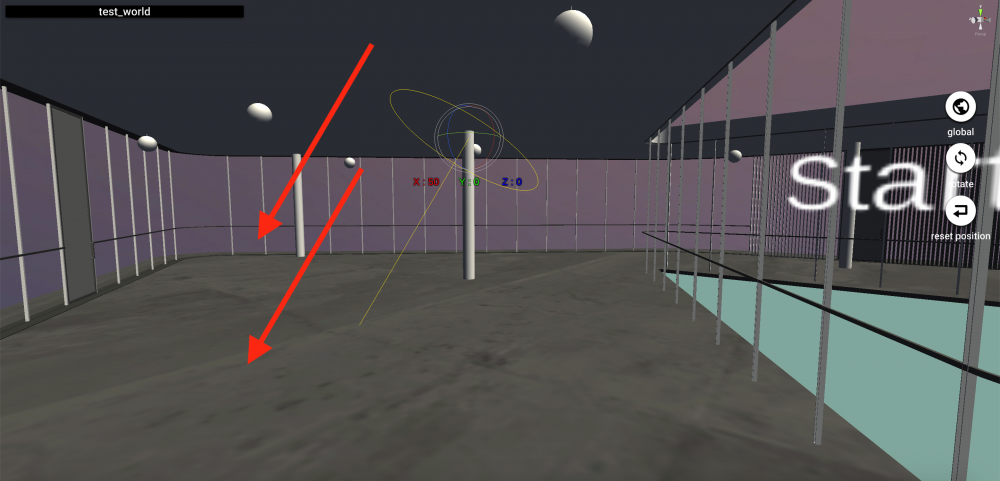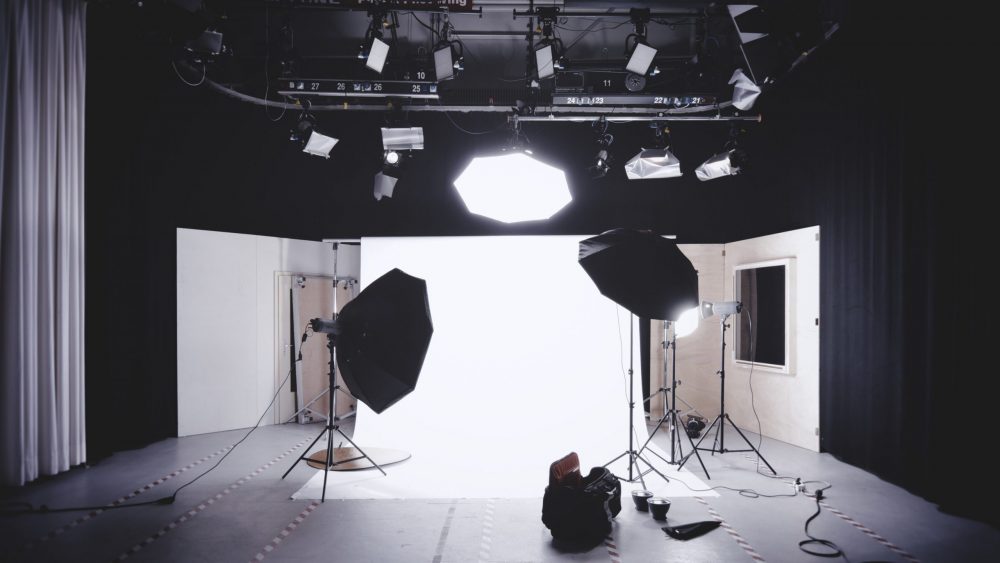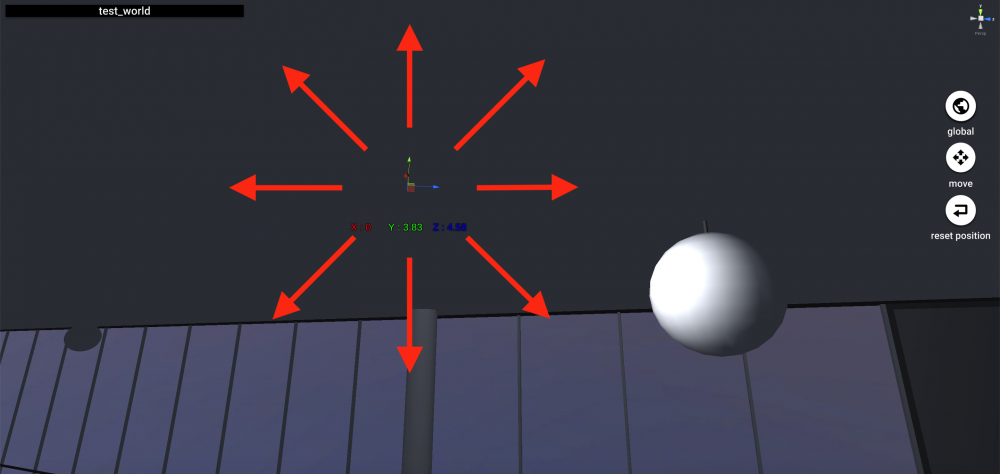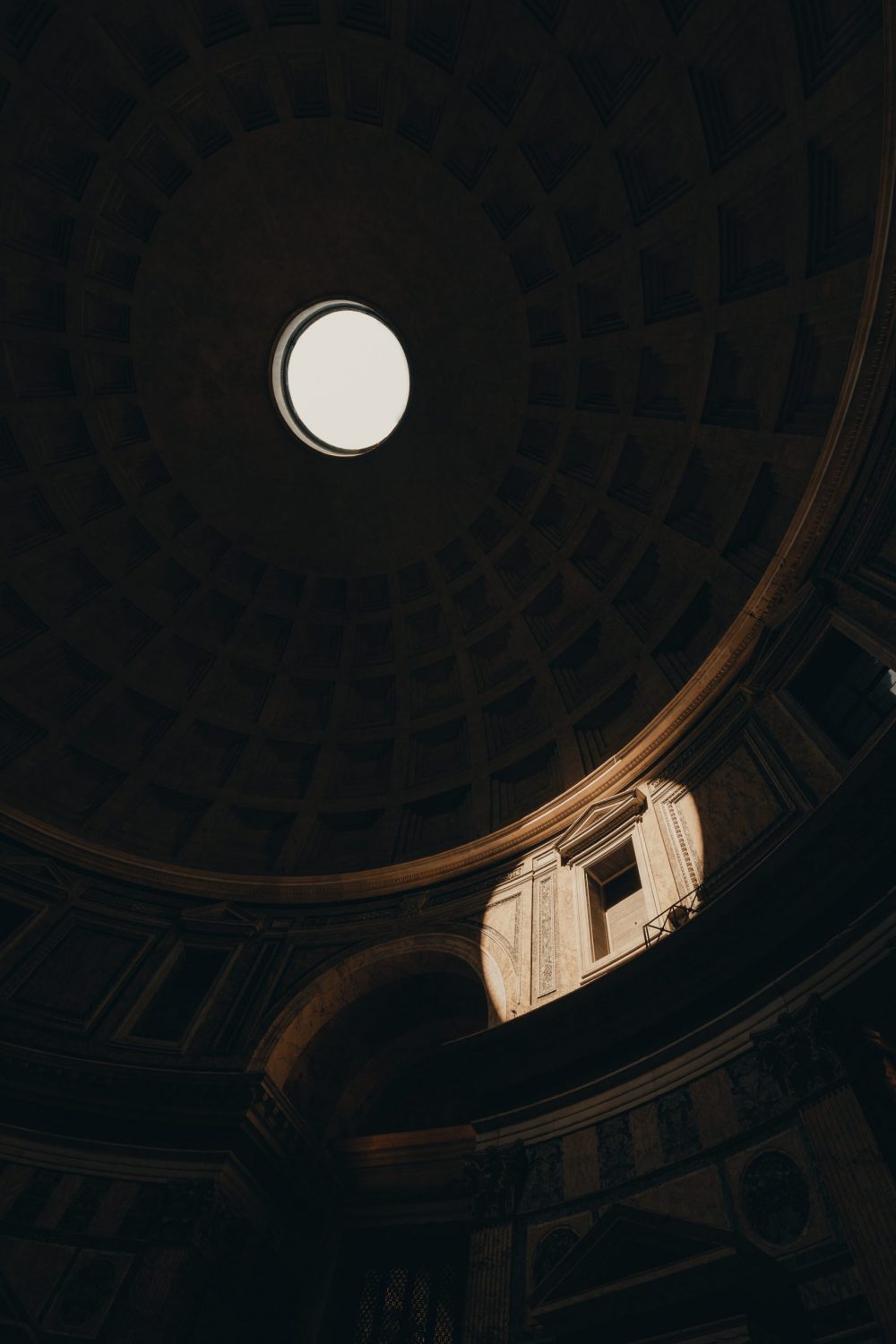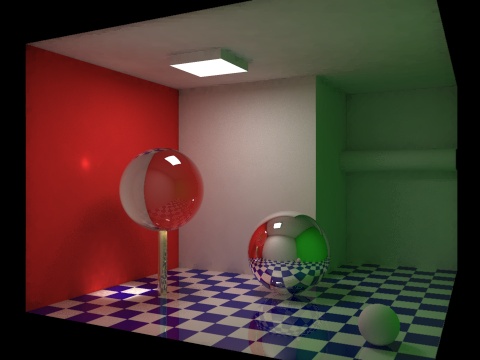本記事では、3DCGにおけるライティングの基礎についてご説明します。
3DCGには不可欠のライティングにどんな種類があるのか、ライティングの目的はなんなのかをまとめました。また、ライティングを設定する上でのポイントもご紹介します。
ここでは、実践的な数値設定というより、ライトの種類やライティングはどのようなものかという点に焦点を当てていきたいと思います。
モデリングはやってみたけど、ライティングの基礎知識は初心者!と感じている方の参考になればと思います。ぜひチェックしてください。
ライティングの目的
ライティングの目的は、仕上げの段階で3Dモデルや制作した環境の見栄えを設定することです。
× ライティング=明るくすればOK
○ ライティング=仕上げの絵作り
ライティング初心者に多く見られるのが、「ライティング=明るくすればOK」という認識です。単に明るくするだけだと初心者感が出てしまいます。
単にオブジェクトを照らすのではなく、「ライティング=仕上げの絵作り」と理解しておくことが本来のライティングの目的に沿った作業と言えます。
ライティングの種類
主なライトは以下の6つです。
- アンビエントライト
- ディレクショナルライト
- エリアライト
- ポイントライト
- ボリュームライト
- スポットライト
追加で、ライトではありませんがグローバルイルミネーションについても軽くご紹介します。
アンビエントライト
アンビエントライト(Ambient Light)は、環境光です。直訳すると周囲光で、環境に応じた間接光の役割をします。
影になる部分の減衰をパラメーターで設定します。影になる部分が完全な黒(#000000)になる場合は稀です。その0と1の間にある微細な光加減を調節できます。
ディレクショナルライト
ディレクショナルライト(Directional Light)は、平行光源といい、均一に光を物体へ照射するライトです。
太陽光のように物体との距離がある光源から、一定の光が照射されています。アンビエントライトと似ていますが詳細設定などは異なります。
エリアライト
エリアライト(Area Light)は、平面四角形の光源です。下の画像のように片面から光が照射されます。
こちらは自動で物理計算をしてくれるので、距離と比例して光が減衰し、入射角も下がっていきます。
参考画像元:https://unsplash.com/photos/aS4Duj2j7r4
ポイントライト
ポイントライト(Point Light)は、点光源です。光源から全方向に光を照射します。
これも、エリアライトのように光の物理計算が適用される光源です。室内照明やロウソクの火などを生成する場合に使用します。
ボリュームライト
ボリュームライト(Volume Light)は、端的に言うと光の筋を生成できます。木漏れ日から太陽光が降り注いでほこりが照らされているような場面などで使用されます。
スポットライトは対象物のみを特定的に照射するのに対して、ボリュームライトはライトの減衰を設定することができます。
画像参考元:https://unsplash.com/photos/GMaR2vknbSA
スポットライト
スポットライト(Spot Light)は、特定の場所だけに照射します。
円錐形ライトの範囲だけに限定されて光の範囲が生成されます。光源から照射対象の間はライティングされません。
下の画像はイメージですが、CGの中でのスポットライトは光源から照射物間の光の筋は見えません。光の筋を生成したい場合はボリュームライトを使用した方がベターです。
画像参考元:https://unsplash.com/photos/Osa-MWeo6c4
グローバルイルミネーション(GI)
グローバルイルミネーション(Global Illumination)は、レンダリング方法の一種です。アンビエントライトのような役割をしますがグローバルイルミネーションはライトの枠ではないです。
大域照明と呼ばれていて、大気光を物理的に計算するレンダリング法です。光や影の減衰加減、間接光まで包括的に計算します。
現実世界のようなライトを設定できる反面、レンダリングの時間も増大します。
ライティングのポイント
ライティングのポイントは、実世界の光物理を3D上で再現させることです。
3DCGソフト内で照射の強さをできるだけ現実世界に合わせていきましょう。特に、CG合成作品では世界観と現実世界の物理法則を同様にさせることで視聴者にリアリティを感じてもらうことができます。
まとめ
ここまでお話ししてきたライティング基礎のまとめです。
ライティングの目的
× ライティング=明るくすればOK
○ ライティング=仕上げの絵作り
この認識があるかないかで最終アウトプットに差が出ると思います。
ライティングのポイント
実世界の光物理を3D上で再現させることでしたね。
また、照明とライティングが違うように、影のあり方もライティングの一つです。
今さら物理法則をゼロから勉強し直すのは厳しい!という方は画像や映画を見てライティングを学ぶのはとても良い勉強になります。プロの作品を分析しながらライティングの見せ方をいい意味で盗んでいきましょう。
いかがでしたか。
ライトにも様々な種類がありました。ライティングの基礎知識を理解することはできましたか。
基礎知識を踏まえてライティングを生かした作品作り、見せ方を研究していきましょう。
